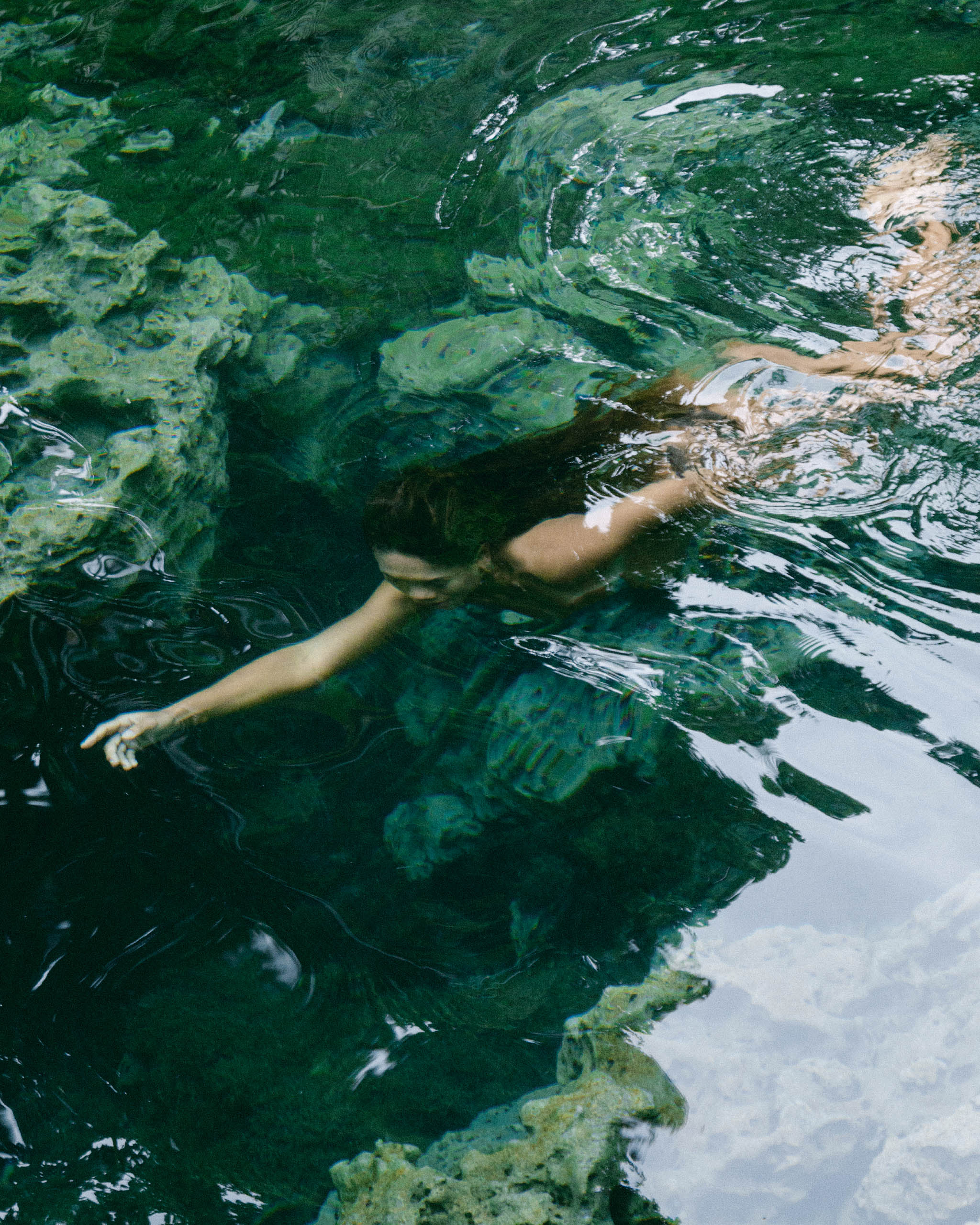You don’t have to be a wellness fanatic to be familiar with Wim Hof (also known as the “ice man”), or to know that cold therapy is beneficial for your health. Playing with the effects of temperature – from infrared saunas to cold plunges – is now widely regarded as good for us. Credited with easing anxiety and treating symptoms of depression, as well as alleviating muscle soreness and improving sleep, focus, immunity and metabolism, cold therapy is also said to reduce inflammation, now identified as the underlying cause of many chronic diseases.
“Cold exposure protocols… are more than just about reducing inflammation,” neuroscientist, Dr Andrew Huberman, has said. “They have been shown to completely shift the neurochemical (dopamine; and other catecholamines) state of your brain and body to make other activities more effective.” Deliberate cold exposure prompts the body to produce neurochemicals, like epinephrine (or adrenaline) and norepinephrine, that make us feel more alert, focused and energised. It’s a health hack, accessible to all, that is well worth exploring.
All of that being said, it’s… cold. While I have huge admiration for committed wild swimmers and cold immersion obsessives, attempts to persuade any part of my own body (above the legs at least) to endure cold exposure have thus far proven futile. Mind over matter? It simply doesn’t work for me when it comes to the cold, which is why I swear by the “contrast” shower as a way of reaping some of the benefits of cold water therapy, without the prolonged discomfort.
A contrast shower involves quickly switching from hot to cold water and back again during your morning shower. It’s quick, easy, free and feels psychologically doable given that you know each icy interval will be swiftly followed by a hot one. Wellbeing experts – including acupuncturist Ross Barr and nutritionist and naturopath, Rhian Stephenson – regularly incorporate contrast showers into their daily routines.
Stephenson has some advice for beginners. “I recommend starting with short intervals, bringing the temperature to cold for 15 seconds to start, and then gradually working your way up to longer intervals,” she explains. “Aim for 45 to 60 seconds if you can handle it.”
Personally, I always start by taking a hot shower for a few minutes, then reduce as much as possible for as long as I can take. Then I go back to warm water, and repeat as many times as is bearable. The shrieks reverberating around my bathroom during the cold spells are not anything I can repeat here, but I imagine my neighbours might have some thoughts.
Much easier to endure after a sweaty morning workout, when your body is already hot, showering in cold water is worth the temporary discomfort. Expect to feel more positive, energised and generally ready to take on the day – a big part of why I’m taking them more frequently as we move into autumn and winter, a time of year when I typically feel sluggish and miserable. (Thanks, seasonal affective disorder.)
Dr Hubermann mentions the words “resilience” and “grit”, and explains that cold exposure is “a skill that carries over to situations outside of the deliberate cold environment, allowing you to cope better and maintain a calm, clear mind when confronted with real-world stressors. In other words, deliberate cold exposure is great training for the mind.”
I’m treating contrast showers as my entry point to the world of cold therapy, with my aim being to build up to colder showers and, one day, the Wim Hof-esque ice bath. Watch this space.
This article was originally published on British Vogue.
